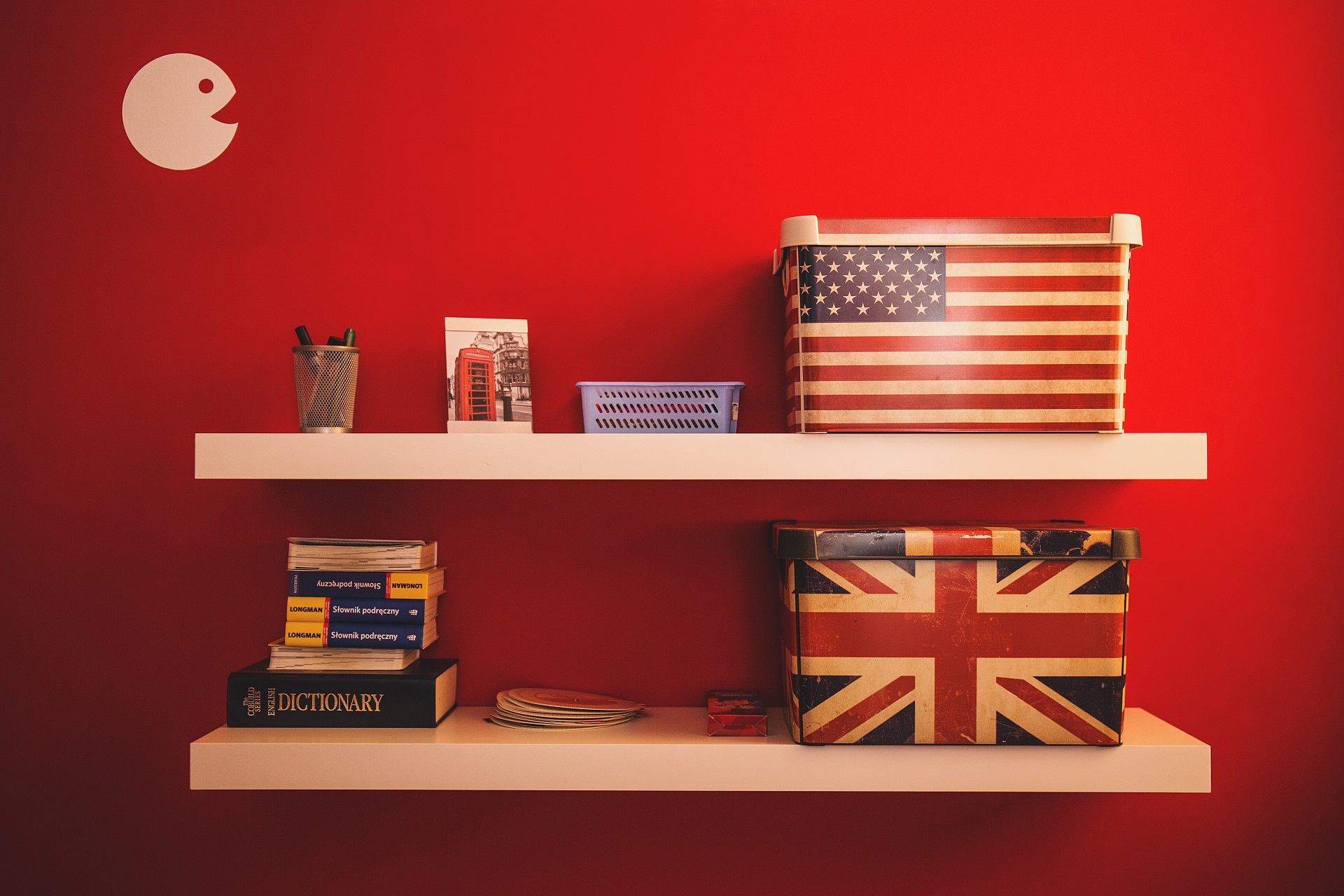Running a successful small business online isn’t as glamorous as it sounds. It simply implies that as the owner of the small business, you are still doing most of the heavy lifting and decision-making—a job far more exhausting than many out there. To add to the chaos, your customers don’t care if you are a small business or a corporate, and they definitely don’t care where you are based out of as long as you deliver to them. Taking up international orders is a definitive way to grow beyond the borders you had previously established for your business. But is it going to be worth the trouble? Here are a few things you need to know about international shipping before you extend that promise to your customers.
1. Start small: Don’t get carried away with the initial enthusiasm of catering to a global audience. Start with one or two countries, and if everything goes according to plan, expand to others one country at a time. So, how do you pick which country to start with? It’s easy, the one from where the maximum percentage of your online traffic comes from!
2. Sort out the legal issues: Your logistics partner for domestic shipping may be a pro and might get your job done without making retail fulfillment feel like a pain, but that doesn’t mean that international shipping is going to be the same. Every country has a different set of rules regarding what can be shipped into it. It is for this reason that people say international shipping is grueling. For example, did you know that you cannot send something as simple as a hair dye or even a party popper to New Zealand? No nail polishes either.
If you are the owner of an online nursery, then be warned that most countries do not accept live plants in shipment, owing to the fact that it is possible for a foreign species to wipe out an indigenous species if the climate and other circumstances prove to be favorable. Plants could also turn out to be carriers of insects or even microorganisms that could affect the delicate balance of the ecosystem of the country it is being shipped to.
3. Find an international carrier: It is true that the shipping deals from FedEx, DHL, UPS, USPS and other big names in the industry are on the pricier side, but they do know the game better than you do. If you are unsure of details such as size and weight restrictions (they also vary from country to country), it is easier to bank on an international carrier until you learn the ropes yourself.
4. Pay attention to packaging: If your carrier takes care of the packaging, then good for you! If not, you will have to learn out the appropriate packaging for different products. Poly-mailers are a good option for domestic shipping, but sturdy, cardboard boxes are preferred by most logistic companies for international shipping. The US prefers a ‘strong, rigid box with no creases’. Also remember that your product might get tossed around or be subject to some rough handling before it reaches your end customer. Unless you want it to arrive in pieces, ensure that your packaging materials are of good quality and that your product is cushioned well with fillers such as polystyrene packaging chips (packaging peanuts), form rolls or air pillows.
5. Familiarize yourself with customs forms: Anytime you are shipping a product overseas, you will need to fill out customs forms for that country, a practice to ensure that items going in and out of the country are legal. You can find customs forms online. Print yours based on the countries you ship to, or rely on your international shipping partner for the same. But ensure that you are familiar with details such as the country of origin of your product, its weight, value, the recipient’s address, etc.
If you are set on selling overseas, it’s best that you get thorough with all the shipping rules and regulations of the countries you plan on shipping to. Sure, it will involve a lot of jumping through hoops in the beginning, but once you get the hang of it and if your business turns out to be profitable, there won’t be any looking back!




















































